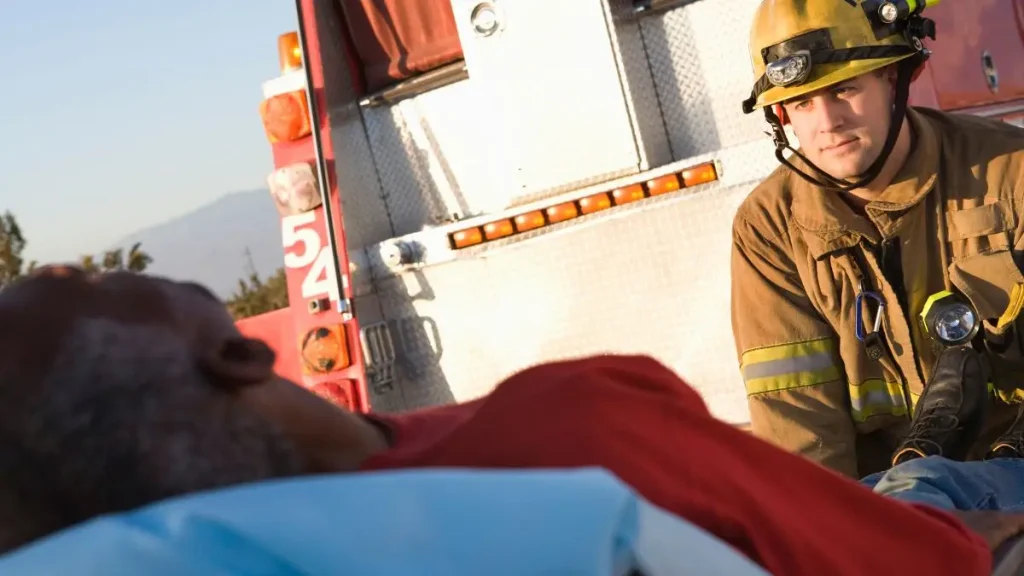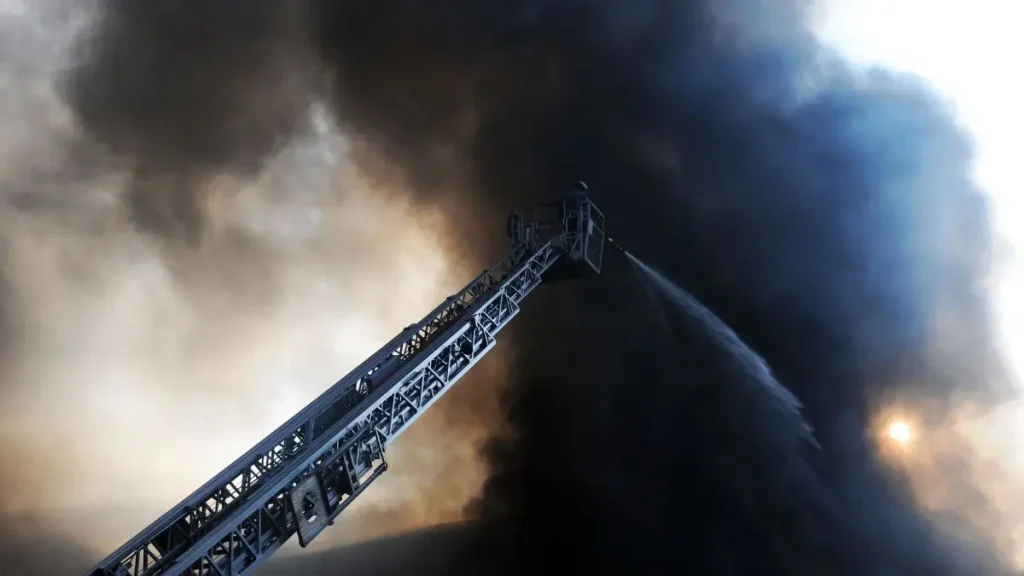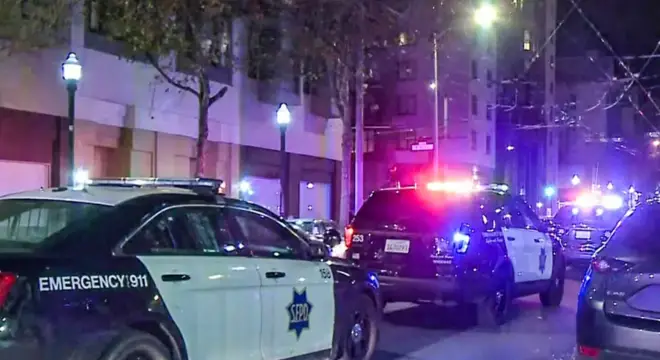Burton House Fire Leaves One Dead, Another Hospitalized
It was just before 4 a.m. on Saturday when I first heard about the fire on Erwin Drive in Burton Township. A 69-year-old man had managed to escape his home, but tragically, a 68-year-old woman was still trapped inside.
When the firefighters arrived, the scene was tense—light smoke curled from the back of the one-story house, but getting in wasn’t easy. The front door was blocked, and clutter inside made entry almost impossible.
I can’t imagine the urgency they must have felt as they forced their way through, eventually pulling the woman out through a bedroom window. Both victims were taken to a nearby hospital, but sadly, she didn’t survive. The man, thankfully, was listed in stable condition.
This early morning blaze is a stark reminder that emergencies can strike anytime, even when we’re asleep. As you read on, I’ll walk you through not just the timeline and facts, but the lessons we can take from this tragedy to keep ourselves and our loved ones safer.
Firefighter Challenges and Rescue Efforts
When I read the WKYC report about the Burton fire, I could feel just how chaotic the scene must have been. Firefighters faced a blocked entry door and a house filled with clutter, which made their job even more dangerous.
Imagine being in their shoes—you know someone is trapped inside, every second counts, but the path is literally blocked. They had to force their way in and eventually rescued the woman through a bedroom window. I can’t stress enough how much that kind of quick thinking and courage matters.
If you take a moment to think about your own home, is there clutter or blocked exits that could slow down a rescue? It’s not just theory—it’s life and death. Clearing paths and having accessible exits isn’t just advice; it can save lives.
Multi-Agency and Community Response

News5Cleveland reported that the Burton Fire Department wasn’t alone in this effort—they received help from multiple nearby departments, including Middlefield, Troy, Newbury, and more.
As I read about it, I realized how much teamwork matters in emergencies. Community Care Ambulance and the American Red Cross were also on site, providing aid and support. You can see that a fire in a small town isn’t just the responsibility of one department—it’s the entire community working together.
If you live in a small town or even a large city, think about your own community network. Do you know who responds in an emergency? Could neighbors or local organizations help in a real crisis? These connections can make a huge difference.
The community response reminds me of the Stratford house fire, where neighbors and first responders acted quickly to contain the situation.
Damage and Investigation
The fire caused an estimated $160,000 in damage, and the Ohio State Fire Marshal’s Office is still investigating the cause.
When I consider this, it hits me that the aftermath of a fire isn’t just about the immediate danger—it’s about the property, the financial stress, and the uncertainty while waiting for answers.
You might think, “This could never happen to me,” but house fires can happen to anyone. The key takeaway here is preparation: insurance, fire prevention measures, and emergency plans are critical. If you haven’t reviewed these recently, now is the time.
Similar tragedies have occurred in the past, like the Montgomery County mobile home fire, reminding us that preparation is critical.
Fire Safety Lessons from the Burton Incident
Here’s where I want to speak directly to you. Reading about the clutter and blocked doors made me reflect on my own home. It’s easy to let things pile up, but during a fire, even small obstacles can turn deadly.
Make sure you know where your exits are, keep hallways and doors clear, and check that smoke alarms are working. I also learned that having a simple plan for pets and family members can make a huge difference in the chaos of an emergency.
Think of it this way: prevention and planning are not overkill—they are the difference between life and death. You can’t control everything, but you can control your readines.
Many readers like to stay connected for quick updates on local incidents and safety alerts—joining a dedicated WhatsApp channel can help you receive verified updates straight on your phone.
Why This Fire Resonates Beyond Burton?

When I think about this fire, it’s not just another news story—it’s a rare fatal incident in a small village of roughly 1,400 people. That scale makes every tragedy hit harder because the community feels it deeply.
You can see how tightly knit towns respond: neighbors check on each other, volunteers step up, and local agencies coordinate like clockwork.
You might wonder why we should care if it didn’t happen in our town. The truth is, the lessons apply everywhere. Fires don’t discriminate by size or location. Thinking about how a small community mobilized can inspire you to prepare your own home and family for emergencies.
Fires like the Bellmore blaze highlight how even small safety measures can prevent injuries and property damage.
What Happens Next?
The investigation by the Ohio State Fire Marshal’s Office is ongoing, which means details about the cause will come in later. As I follow these updates, it reminds me that understanding why fires happen is critical for prevention.
You should consider following local news or official channels so you’re aware of emerging risks in your area.
Beyond that, the community support continues. Organizations like the American Red Cross and local neighbors are helping the surviving resident.
You can take this as a prompt to reflect on how you’d respond if a tragedy hit close to home—both in practical preparedness and community support. It’s a reminder that emergencies are as much about resilience as they are about immediate action.
I’d love to hear from you—what’s one step you’ve taken recently to make your home safer? Sharing your ideas could help someone else act before it’s too late.
Final Thoughts
Looking back at the Burton fire, here’s what I want you to take away: one life was tragically lost, one life saved, and a community came together in the face of danger. But beyond the facts, there’s a personal lesson—you and I can reduce risk by preparing, planning, and staying aware.
Check your smoke alarms today. Walk through your home and make sure exits aren’t blocked. Talk to your family about emergency plans, even simple ones. It might feel small, but these actions can literally save lives.
I’d love to hear from you—what’s one step you’ve taken recently to make your home safer? Sharing your ideas could help someone else act before it’s too late.
For more real-life fire safety stories and tips, you can explore our Home Incidents section to stay updated and prepared.
Disclaimer: The information in this article is based on reports from the Burton Fire Department and local sources. It is intended for informational purposes only and should not replace professional advice or emergency guidance. Always follow local authorities and official safety instructions during fire incidents.


